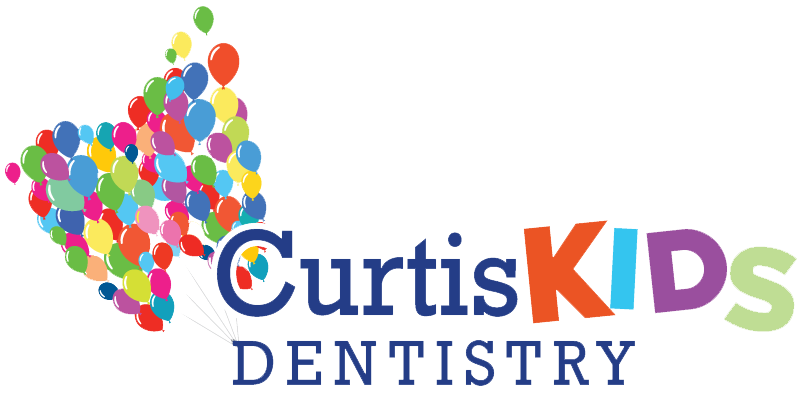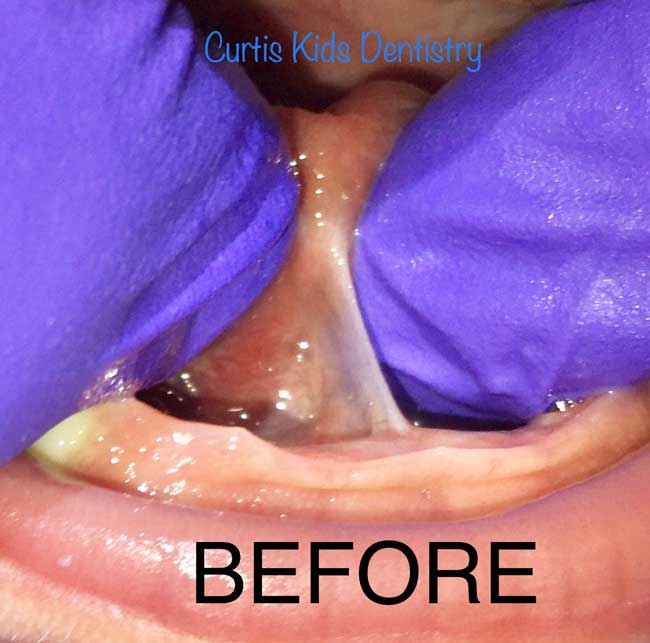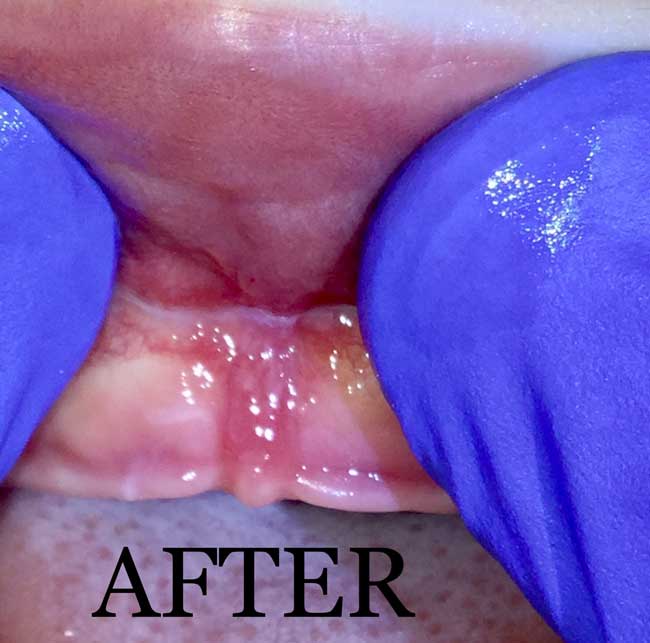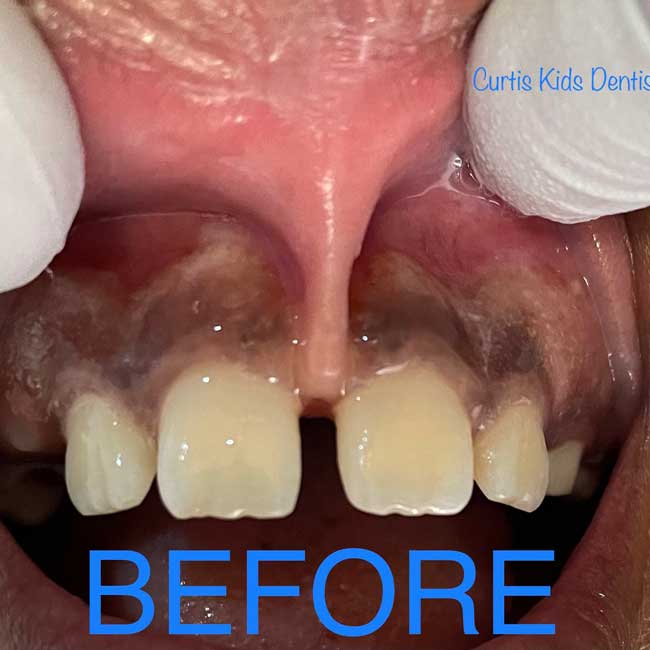
A frenum is a small piece of tissue that attaches either the upper lip to the gum tissue or the tongue to the floor of the mouth.
In some children, this frenum is attached too tightly and can pull on the lips or tongue causing tongue-tie, problems nursing, speech issues, trouble eating or drinking, or cause pulling on the gums around teeth that can create a periodontal issue as the child ages. Sometimes this condition is called a Tongue-Tie or Lip Tie, Tethered Oral Tissues (TOTs), or a Restricted Lip or Tongue.


The doctor is specialized in assessing the proper growth, development, and anatomy of children at each stage of growth, from infancy into adulthood. He will have you fill out a very specific age-appropriate questionnaire and then he will do an examination of the oral tissues. After reviewing the patient’s symptoms, parent’s symptoms, and the child’s mouth, the doctor will let you know if a frenectomy is indicated.

During a frenectomy (tongue-tie release or lip tie release as they are sometimes called), the doctor uses a laser to make a small incision in the frenum, allowing for greater movement of the lips or tongue. A simple procedure that can be done in office. The incision site usually heals in two weeks with little to no discomfort.


Following a Frenectomy, you help the surgical area heal better by performing exercises four times a day for two weeks. The doctor and our team will review with you specific exercises that they will want you to complete and show you how to do them.

The doctor likes to see the patient back one or two weeks after the procedure to check how the surgical area is healing, to modify exercises if needed, and to hear about how much improvement the child has made.






